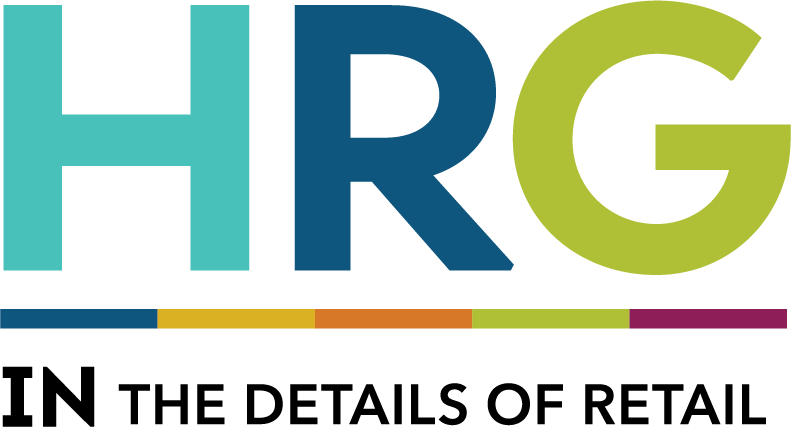By Sean Grudzinski, product research & analysis manager, as seen in Chain Drug Review
Controlling the product journey all the way from planogram to the shopping basket isn’t easy but, to deliver the shopping experience you want for your customers, you must find a way.
With the right resources (internal or trusted partners) you can maintain control of your product assets to protect the quality and integrity of your brand.
It starts with your planograms and assortment. In the case of presenting how your product fits into the category for a buyer presentation, this planogram should be based on data and performance. Likewise, when trying to secure a spot on an e-commerce site, it’s easier to win when data can help support your case.
Based on when retailers update their category assortments, depending on how many retailers your product is in or you are attempting to get into, there could be an ongoing need for creating these in-store and online rationales.
How to streamline the planogram process? Find reliable data resources. This should be a blend of point-of-sale (POS) syndicated data for the channel your product is in, wholesaler withdrawal information, and potentially another third-party data provider if there are any blind spots with the other sources. If you don’t have analysts on staff to crunch the numbers, check if your data resources offer these services to speed the process. They may have category experts that can give your rationale more weight because they are deeply familiar with the category or its captains, and have experience with consumer behavior and trends, too. Using experts to support your rationale can eliminate having to redo planograms or having to go back to answer questions the retailer has about the logic supporting what is proposed.
Another option for streamlining is using an objective third party to create the planograms. Whether you don’t have the resources to complete the planograms to meet the deadline, don’t have access to the recommended data sources, or don’t have proper planogram software to ensure an accurate set, engaging a third-party can make the process faster, depending on their level of expertise, and lend credibility and transparency to the finished deliverable.
At the same time you are developing the planograms, you have to be readying the product assets for use on e-commerce sites and in marketing programs or materials. Asset management has become a genuine challenge for some manufacturers. Consider enlisting a product information management or data asset management company to ensure that product content is consistent and follows standards to speed the process to shelf and page. In a recent study, HRG surveyed manufacturers and asked them how often their product images and data were rejected due to errors in the data, missing information, incorrect formatting or other reasons. Twenty-three percent said “often,” 13% “more than half the time,” while 61% said a “small percentage of the time.” That’s 36% who are missing opportunities on a regular basis. While the larger percent said it was only a small percentage of time, there’s still an opportunity cost for anytime your product is not available for shoppers to consider it, and it doesn’t necessarily end at that initial missed sale. That one missed sale could mean a forfeited long-term customer who became a brand loyalist to a competitor.
Another consideration of your chosen product content manager is the breadth of attributes captured and maintained. In the Salsify report, “Consumer Research 2022: How to Meet the Demand of Omnichannel Shoppers,” the company discovered that 46% of shoppers in the U.S. will not buy a product if they don’t find detailed information they are looking for online. E-commerce content has become more robust, and the overall shopping experience is becoming more of a hybrid experience, blending both brick-and-mortar and e-commerce, especially as e-commerce engagement soared the past few years. That makes it all the more important to find a reliable content manager who understands the importance of maintaining brand integrity in every instance a consumer could come across the product — in-store, in promotional materials and online.
To make sure the actual shopper experience aligns with your vision for it, establish a quality control methodology. Once your product has made it on shelf or page, you need to review how it appears (and will need to do it each time you have a package change or update to the product itself). A formal auditing process will determine if your process from planogram to shelf or page is working or needs adjustments. Larger companies likely have staff to perform these QC measures, while small and medium-size businesses may need to hire a third party to complete the audits in-store and online.
Many focus on the journey to shelf and page — remember to extend your focus to include the consumer and their shopper experience.
